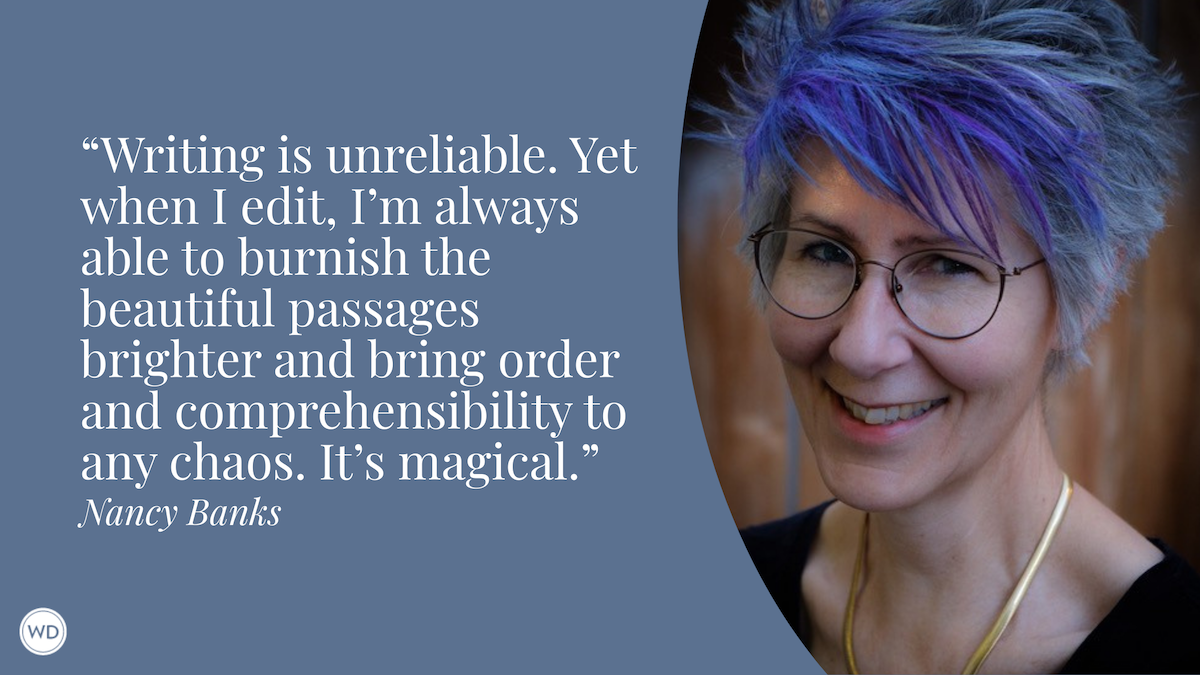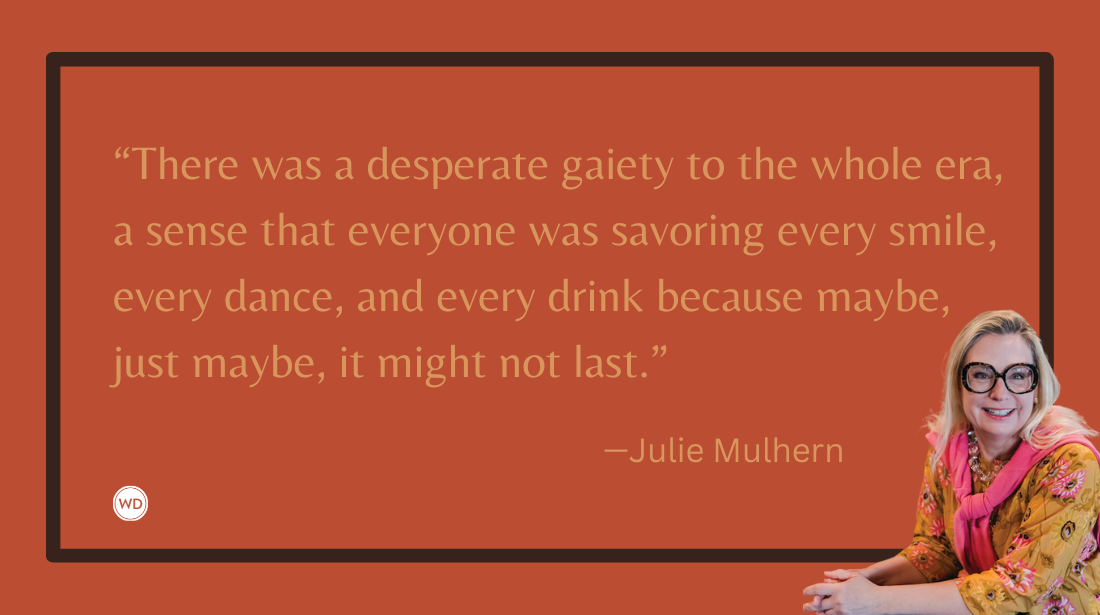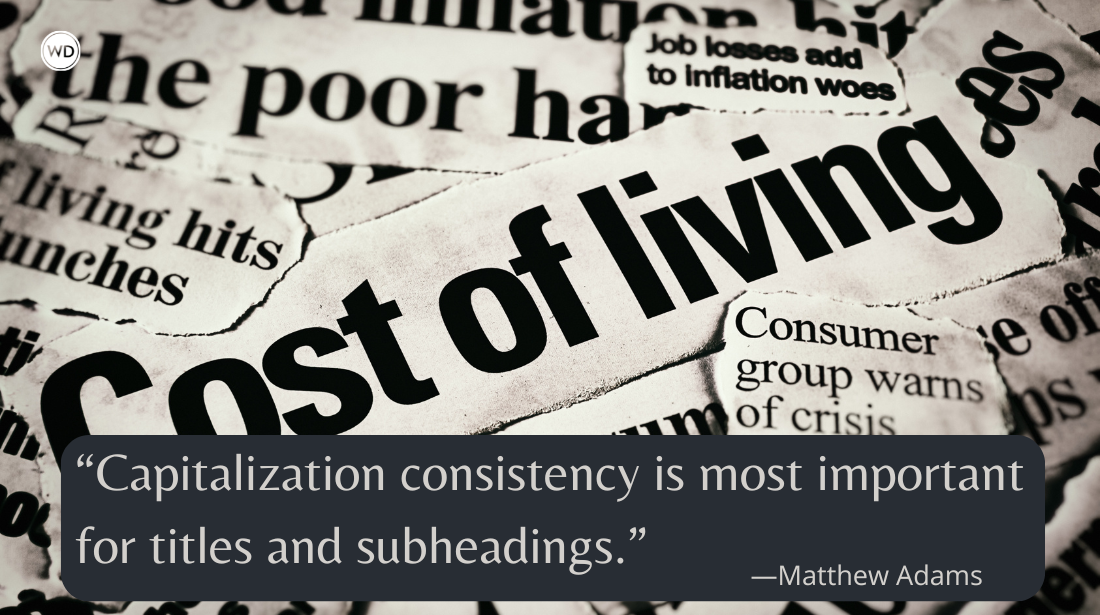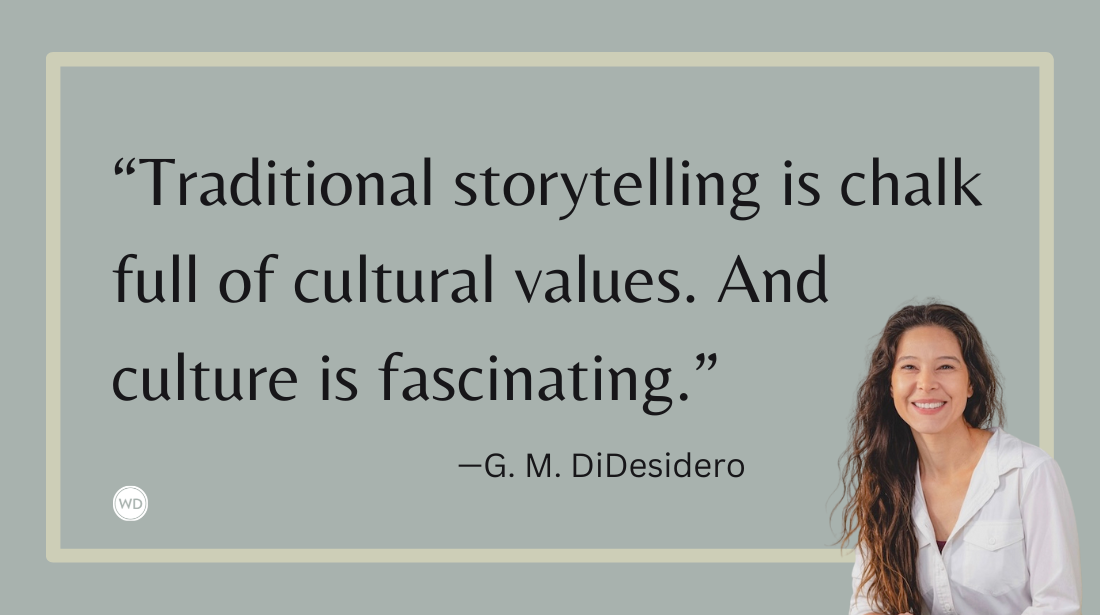Writing About Real People in Historical Fiction: What Is Factual and What Is Imagined
When writing about real people in a real time, how do you distinguish between what is true and what is imaginary? Patti Callahan discuss how to write about real people in historical fiction.
How much about this character is real and how much did you make up? Did they really say or do the things they say and do in your novel? These are questions that authors who write about real people in historical fiction are often asked. What, readers want to know, is factual and what is inspired or imagined?
Writing about a real person inside a work of fiction is a delicate balancing act, a tightrope between fact and imagination, between biographical facts and emotional truth. For me, there is no hard and fast line when inspiration and imagination are part of a true story, but there are guidelines to assure I am honoring the truth of who these people were and not merely the legend and iconography of their lives.
When writing about real people, I see the novel as I see a person, for in the end I am writing about a human being, someone who once lived and breathed and walked this earth.
How to Write About Real People in Historical Fiction
First comes the skeleton: the solid facts. If this story is to be strong and stable, the facts must be the same: dates of birth, of published works, of marriage and death and war and love, of having children or traveling across the sea. A timeline is hung on my office wall with the most important biographical dates so that the bones stay stable.
Next, comes the skin of my story, and this is made of the character’s emotional truth. I have a process that is the same as when I write about completely imaginary characters. I begin with this question: What is the driving desire and need in this story that influences every choice this person made? What is it they want?
For this emotional truth I turn to the person’s writings, journals, letters, and actions. My dedication is to truth, not to a possibly false image built through time and myth. When I wrote about Joy Davidman or about Florence Nightingale or C. S. Lewis, as well as real characters from the past on an 1838 shipwreck in Surviving Savannah, I approached those very real people with the knowledge that some readers would have preconceived ideas about them. As writers, we must be aware that we will never be able to satisfy everyone when writing about beloved and real people. Someone’s image and iconography could be shattered.
IndieBound | Bookshop | Amazon
[WD uses affiliate links.]
Then finally I must dress this story in clothing, the garments of the imagined or inspired, and this is sewn into conversations, thoughts, and scenes. We can never factually know what people said or did in their most intimate moments. A stenographer never followed around these real people as they made love, had conversations, or discussed their complicated lives. For me, this part of the story cannot be achieved with any real authenticity unless the hard work of building a skeleton of fact and the skin of emotional truth has already been done with care.
After thorough research, the inspired will come less from who I want the character to be than who they have shown themselves to be in their life, writings, letters, and essays. Sometimes I stumble on choices and life events I don’t want to include in the story, but when writing about a real person, deciding what the character should have done instead of what they actually did is not my job. Instead, my mission is to dig deep and discover the emotional truth behind their actions without judgment.
Yes, there is fact and then there is fiction, but are they really so very far apart? We all have stories we tell about our life and about other’s lives. We retell stories. We reframe events. It’s the same in the stories we write. Truth is highly subjective depending on the one telling the story.
In Once Upon a Wardrobe, I wrote about the events in C. S. Lewis’ biography that seemed to lead to his creation of Narnia. Small hints and moments in his life found their way into a powerful story that, in turn, has seeped into the archetypal consciousness of countless readers. For this, I used the same process—through research I built the skeleton of fact, then the skin of emotional truth from his own writings, and finally I constructed the story from the imagined and inspired.
Conveying a character’s truth is the goal of every novelist, but a historical fiction author faces unique challenges. Using the framework of our subjects’ biography, we must both honor the truth of their complicated, intricate, and in some ways unknowable human lives while molding riveting, relevant, and affecting stories.
Patti Callahan is the New York Times-bestselling author of 16 novels. In 2018, she dazzled readers and critics alike with her first historical novel, Becoming Mrs. Lewis, about the life of Joy Davidman, wife of C.S. Lewis. A recipient of the 2020 Harper Lee Award for Alabama’s Distinguished Writer and a USA Today, Publishers Weekly, and Globe and Mail bestseller, the novel was called “a masterpiece…that won’t soon be forgotten” (Library Journal, starred review) and “an incredible portrait of a complex woman” (Publishers Weekly, starred review). Her most recent novel is Once Upon a Wardrobe.









